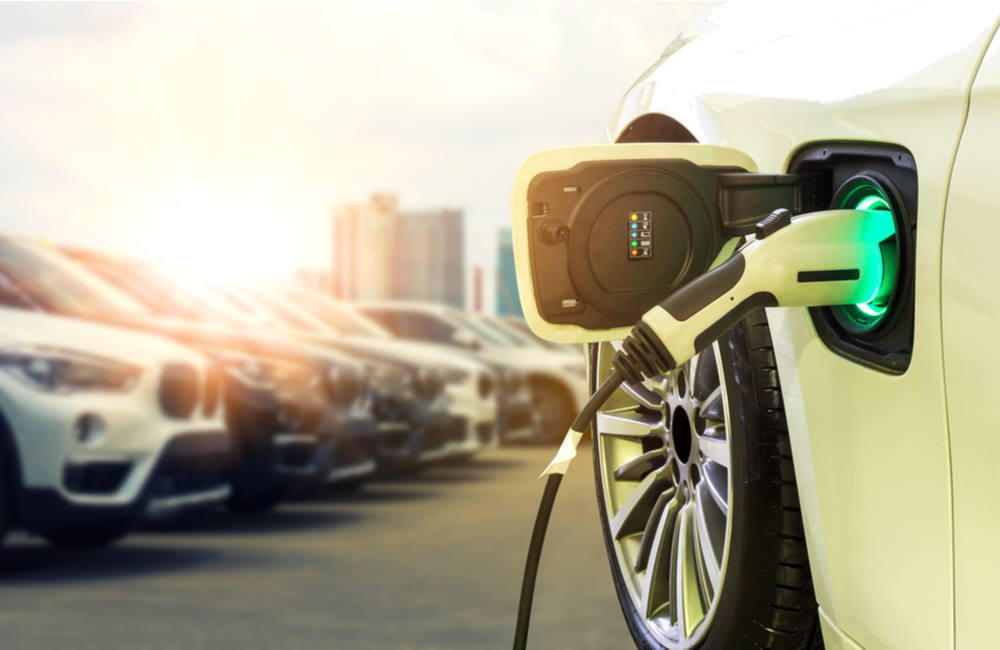As fleets invest in making a transition to electric vehicles (EVs), they should include EV driver training as
part of the transition. A failure to do so could have a negative impact on safety and energy consumption,
while investing in training could help fleets and drivers better manage risk.
That’s the message Tony Vinciguerra, Chief Operating Officer at Driving Dynamics, shared at the upcoming NAFA 2022 Institute and Expo in Columbus, Ohio. The event is ran from April 25-27, 2022.
Vinciguerra pointed out that while fleets have already started executing an EV transition strategy, many have a “I’m sure they’ll figure it out” approach to EV driver training. This is especially important when considering advances in EV vehicle technology and function.
He advises that fleets invest in training even as their EV transition plans accelerate. Not taking this approach, Vinciguerra said, will leave a fleet’s strategy “out of balance.” That can lead to higher costs, poorer risk management and an increased chance of crash-related injuries.
The Transition to EV Vehicles
The transition to EV vehicles in commercial fleets is just one of many signs that electrification of vehicles is moving forward. The last decade has seen rising environmental concerns, large capital investments in battery research and EV manufacturing capacities, increased government subsidies and regulations, and moves by multinational energy companies to transition away from fossil fuels.
While the transition now appears inevitable - and may happen on a faster timetable than people originally thought - the issue of EV driver training and safety is one that has not yet received the attention it deserves.
Fleet managers already face a complex risk management environment that requires the right combination of safety policies, driver training and connected telematics. Before making a transition to EVs, fleet managers should consider questions that the change will raise.
- Will technology-enhanced EVs mitigate or increase the risk fleet operators already face?
- How will new vehicle functions and driving dynamics challenge drivers’ performance, particularly during the initial years of migration to EVs?
- What safety issues will fleet drivers face operating EVs?
- What must fleets do to properly prepare drivers for the transition to EVs?
At the Expo, Vinciguerra highlighted these issues. What fleet operators can do to help drivers understand the benefits, limitations and driving dynamics of operating an EV, and the training elements required to reduce the learning curve for drivers as they train to safely operate EVs.
An Example of Changes Drivers Face
An example of how one change will impact driver safety is one-pedal driving, which EVs use as part of a regenerative charging system. If drivers do not understand how to use this feature, they face the possibility of decreased vehicle control and increased safety risk.
A Society of Automotive Engineers paper states the one-pedal system, while allowing drivers to no longer shift between accelerator and brake pedals, also “presents a paradigm shift in driver engagement and control system responsibility for executing certain functions that the driver was traditionally responsible to perform.” The paper notes that when considering the safety of the system, fleets should not only take into account the potential for sensor failures in the pedal but the need for drivers to have training on how to operate the pedal.
Technology and drivers work together in a partnership when it comes to operating a vehicle. This relationship only succeeds when drivers are trained in advance on how to learn new systems, not thrust into a learn-as-you-go scenario.
Some major areas all fleets should focus on when it comes to EV driver training include the following.
- Understand how driving dynamics differ between EVs and internal combustion engine vehicles, as well as the unique EV functions that impact driver performance and safety.
- Understand the nature of the risks, including the fact that 95 percent of drivers will be novices when it comes to EVs. Also, consider the impact of driver frustration in EV-specific functions, the false assumptions drivers might make about operating an EV and inadequate driver preparation.
- Actions that fleet operators can take to quickly train first-time EV drivers and achieve the best return on investment for their EV investment.
One of those actions is to provide at least the minimum EV driver training that can increase safety and lower risk, giving drivers the insight they need to safely operate vehicles that will be new to them.





